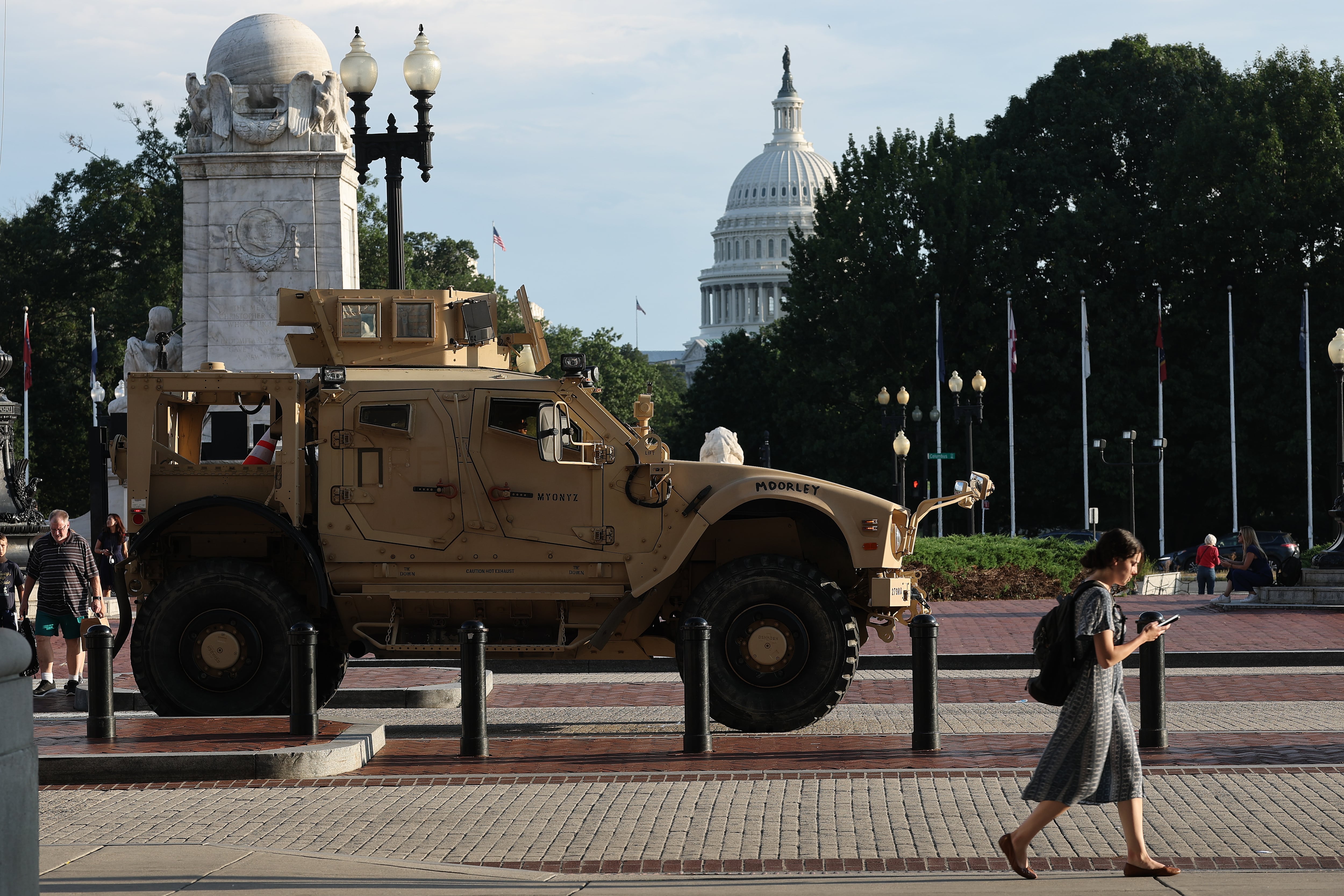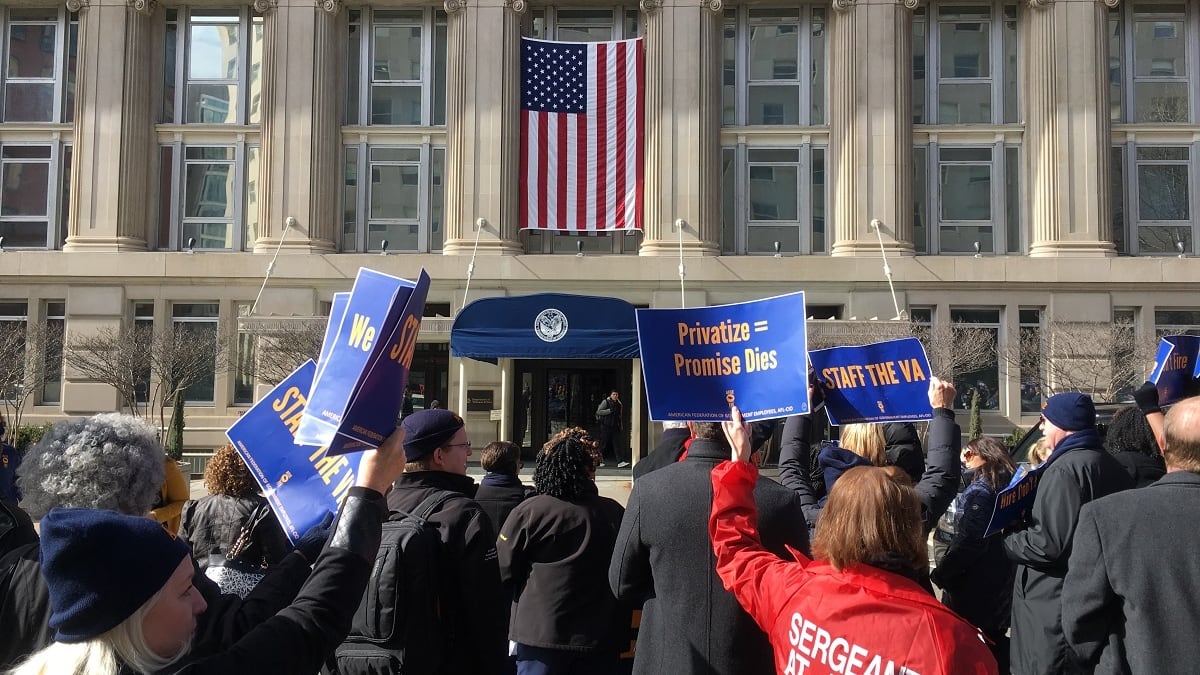Four more sailors assigned to the aircraft carrier Theodore Roosevelt have been hospitalized in Guam, with one of the four taken to the intensive care unit “for increased observation due to shortness of breath,” Navy officials said Tuesday.
The sudden surge in hospitalizations comes one day after a sailor assigned to the 4,800-person ship died due to complications related to COVID-19, becoming the first active-duty member to succumb to the virus.
Approximately 85 percent of Roosevelt’s crew has been evacuated from the carrier in the wake of a COVID-19 outbreak on board that sidelined the ship in Guam nearly three weeks ago.
On March 24 the Roosevelt first reported that three of its sailors had tested positive for COVID-19. The infected crew members were airlifted off of the ship as a precaution, but within one week confirmed cases in the ship’s tight quarters spiked to nearly 100.
Navy officials ordered the carrier to port in Guam just over two weeks after the Roosevelt visited Da Nang, Vietnam. The decision to continue as scheduled with the Vietnam port call was made at a time when the country had only 16 confirmed cases, all of which were reportedly confined to the northern city of Hanoi, Chief of Naval Operations Adm. Michael Gilday said.
Pierside, former commanding officer of the sidelined aircraft carrier, Capt. Brett Crozier, penned a letter pleading for urgent assistance from military leaders.
“We are not at war. Sailors do not need to die,” he wrote. “If we do not act now, we are failing to properly take care of our most trusted asset — our Sailors.”
Crozier was fired by former Acting Secretary of the Navy Thomas Modly within 48 hours of the captain’s letter being leaked to the San Francisco Chronicle.
Modly then resigned following his infamous speech — the audio of the speech was obtained by Military Times — onboard Roosevelt in which he told sailors that their commanding officer was either “too naïve or too stupid to be a commanding officer of a ship like this.”
As of Tuesday, 589 Roosevelt crew members have tested positive and moved into quarantine in Guam, Navy officials said.
The sailor who died Monday was initially discovered to be unresponsive on the morning of April 9 by other quarantined sailors. The individual passed away four days after being moved to an intensive care unit.
Speaking to reporters last week, Air Force Gen. John Hyten, vice chairman of the Joint Chiefs of Staff, said that in addition to medical professionals checking on Roosevelt sailors twice a day, crew members continue to use a buddy system to monitor one another’s health.
“It’s not just waiting for the medical folks to come out every 12 hours. They’ve got buddies that are around all the time,” Hyten said.
Concern has spread throughout the fleet, meanwhile, that similar outbreaks could be festering in the close confines of other ships.
Hyten told reporters that “it’s not a good idea to think that the Teddy Roosevelt is a one-of-a-kind issue. To think that it will never happen again is not a good way to plan.”
Along with the Roosevelt, at least one sailor each from the aircraft carriers Ronald Reagan, Nimitz, and Carl Vinson have tested positive for the coronavirus.
As a precaution, Navy officials ordered the Harry S. Truman Carrier Strike Group, which just completed a deployment to U.S. 5th and 6th Fleet areas of operation, to remain at sea in an effort to keep sailors protected from exposure to COVID-19.
“After completing a successful deployment we would love nothing more than to be reunited with our friends and families,” said Rear Adm. Andrew Loiselle, commander of Carrier Strike Group 8.
“We recognize that these are unique circumstances and the responsible thing to do is to ensure we are able to answer our nation’s call while ensuring the health and safety of our Sailors.”
J.D. Simkins is the executive editor of Military Times and Defense News, and a Marine Corps veteran of the Iraq War.





